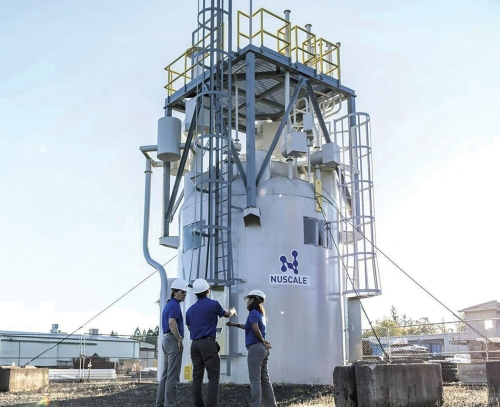

Taxing Times for South Carolina Renters, Investors, Vacationers
South Carolina residents hardly need an introduction to one of the most significant sources of tax revenue in the Palmetto State: property taxes. The property tax is one of the Palmetto State’s oldest forms of taxation and is a staple for state and local government revenue all across the country. According to the Tax Foundation,


Pharmacists Stand Ready to Relieve Pressure on South Carolina’s Healthcare System
In South Carolina, where patients often drive far and wait weeks to see a doctor, the answer to faster, cheaper care may be standing behind the pharmacy counter. The United Health Foundation found that, in 2023, 31.8% of people in South Carolina live in rural areas, which is higher than the national average of 20.4%.


How long have you spent waiting for an appointment with a physician? Prolonged wait times have become a reality for most Americans due to a nationwide doctor shortage. On average, Americans must wait 20 days to receive an appointment with a physician, even though the estimated standard wait time is 14 days. Nationwide, this shortage
Promoting Public Policy that Helps South Carolinians Flourish

